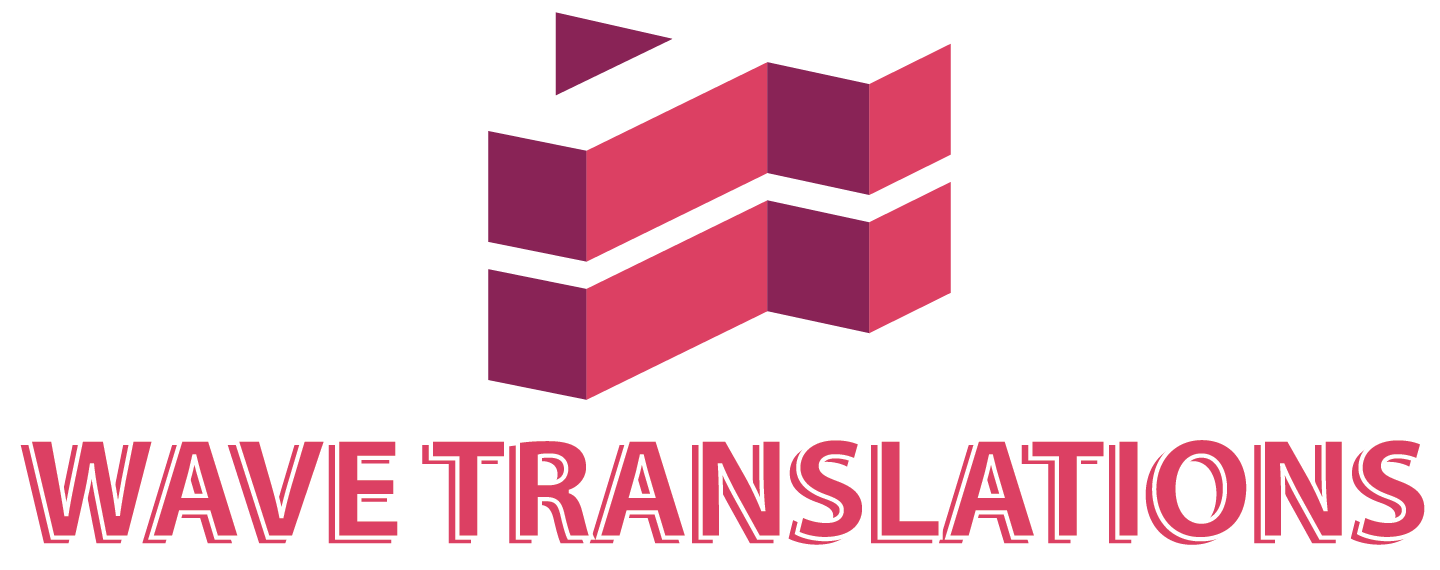The demand for virtual interpreting services has surged in recent years, driven by globalization, remote work trends, and the need for inclusive communication. Businesses, healthcare providers, educational institutions, and legal entities increasingly rely on these services to bridge language barriers. However, understanding the cost structure of virtual interpreting services can be challenging.
Understanding the Core Factors Influencing Virtual Interpreting Services Costs
Technology and Platform Requirements
The foundation of virtual interpreting services lies in the technology used. Basic services may utilize free platforms like Zoom or Microsoft Teams, but professional providers often invest in secure, specialized software. High-end platforms offer features such as end-to-end encryption, compliance with HIPAA or GDPR, and integration with existing systems. These technologies ensure confidentiality—a critical factor in legal or medical settings—but may increase costs.
Interpreter Expertise and Certification
Not all interpreters possess the same skill level. Costs vary significantly based on their certifications, experience, and specialization. For example, a medical interpreter certified by the National Board of Certification for Medical Interpreters (NBCMI) commands higher rates than a generalist (interpreter without any specific accreditation from any interpreters’ certification board) due to their familiarity with complex terminology and protocols. Similarly, legal interpreters often require courtroom certification, which adds to their fees.

Service Type: Simultaneous Interpreting vs. Consecutive Interpreting
The interpreting method directly impacts pricing.
Simultaneous interpreting—where the interpreter translates in real-time without pauses—is typically more expensive. It demands intense focus and advanced technical setups, such as dual audio channels. This method is common in conferences or live events. Zoom is mostly used in this type of virtual interpretation setup.
Consecutive interpreting, where the speaker pauses to allow translation, suits smaller meetings or depositions. It’s less resource-intensive and thus more affordable.
Session Duration and Scheduling Flexibility
Duration plays a key role in cost calculation. Many providers charge per minute or hour, with discounts for longer bookings. However, last-minute requests often incur rush fees. For example, a three-hour corporate webinar scheduled a week in advance may cost less per minute than a 30-minute emergency medical consultation booked with two hours’ notice.
Additional Features and Support Services
Add-ons like transcription, live captioning, or post-session reports enhance accessibility but increase expenses. For instance, recording a session for future reference may add 10–15% to the base fee. Multilingual support for rare languages (e.g., Mandarin or Arabic dialects) can also raise costs due to the limited pool of qualified interpreters.
Pricing Models: Which One Suits Your for Virtual Interpreting Services Needs?
Virtual interpreting providers use diverse pricing structures. Selecting the right model depends on your usage frequency and project scope.
Per-Minute Billing
Most virtual interpreting services operate on a per-minute or per-hour basis. As discussed earlier, the rate can vary depending on the factors like language, expertise, and the length of the engagement.
Hourly Rates
Hourly pricing benefits clients with predictable session lengths. Some providers offer half-hour minimums, making this model suitable for consultations or brief meetings.
Project-Based Packages
For large-scale events like multi-day conferences, project-based pricing provides clarity. Wave Translations Services negotiates flat fees upfront, covering planning, rehearsals, and contingency time.
Subscription Plans
Businesses with regular need benefit from subscriptions. These plans offer discounted rates in exchange for a monthly commitment, reducing long-term costs.

Virtual vs. In-Person Interpreting: A Cost Comparison
While virtual services eliminate travel and logistics expenses, they aren’t always cheaper than in-person options. Here’s why:
- Travel Costs: In-person interpreters charge for commute time, flights, and accommodations. Virtual interpreting removes these, saving 20–40% per session.
- Technology Investments: High-quality virtual platforms may offset some savings, but they ensure reliability.
- Scalability: Hosting a global webinar with interpreters for 10 languages is far more cost-effective virtually than organizing an on-site team.
| Criteria | In-Person Interpreting | Virtual Interpreting |
| Cost per Hour | 45 – 150 USD/hour | 1.95 – 3.49 USD/minute |
| Travel Expenses | Yes, additional costs | No travel expenses |
| Setup Costs | Yes, for equipment and venue | Minimal or none |
| Availability of Interpreters | Limited to local interpreters | Global access to interpreters |
| Flexibility in Scheduling | Less flexible due to travel | Highly flexible, can be scheduled easily |
| Environmental Impact | Higher due to travel emissions | Lower, as it reduces travel |
The Hidden Value Beyond the Price Tag for Virtual Interpreting Services
Cost isn’t the sole consideration. Virtual interpreting offers intangible benefits that amplify ROI:
- Accessibility: Reach global audiences effortlessly, fostering inclusivity.
- Speed: Connect with an interpreter in seconds during emergencies.
- Compliance: Avoid regulatory fines with HIPAA- or GDPR-compliant services.
- Convenience: Schedule sessions across time zones without coordination hassles.
How to Optimize Your Virtual Interpreting Services Budget
Maximize value without sacrificing quality:
- Plan Ahead: Book interpreters early to avoid rush fees.
- Leverage Subscriptions: If monthly needs exceed 10 hours, subscription plans lower hourly rates.
- Bundle Services: Combine interpreting with transcription or translation for volume discounts.
- Train Staff: Educate employees on best practices (e.g., clear speech, avoiding jargon) to reduce session time.
Industry-Specific Pricing for Virtual Interpreting Services
The cost of virtual interpreting services isn’t one-size-fits-all. Pricing fluctuates significantly across industries due to varying demands for expertise, compliance, and urgency.
Healthcare
In healthcare, miscommunication isn’t just inconvenient—it’s life-threatening. Medical interpreters must navigate complex terminology (e.g., “myocardial infarction” versus “heart attack”) while adhering to strict regulations like HIPAA in the U.S. or GDPR in the EU.
Certified medical virtual interpreting services often command higher rates due to their specialized training, and emergencies—such as telehealth consultations for non-English-speaking patients—may incur rush fees. Additionally, rare language pairs (e.g., Kurdish or Haitian Creole) can spike costs due to limited availability.
Legal
Legal proceedings demand absolute accuracy. A mistranslated phrase in a deposition or courtroom testimony could alter case outcomes, making certified court interpreters indispensable. These professionals often require state or federal credentials, such as membership in the National Association of Judiciary Interpreters and Translators (NAJIT).
Legal virtual interpreting services also involves high-stakes confidentiality, necessitating secure platforms with end-to-end encryption. Rates here are among the highest, particularly for rare languages like Tagalog or Pashto. Law firms and courts also face rigid scheduling: last-minute trial date changes or extended hearings can inflate costs due to overtime fees.
Corporate
Global businesses rely on virtual interpreting services for multilingual conferences, investor meetings, and employee training. Corporate clients often need interpreters fluent in industry-specific jargon—think “mergers and acquisitions” in finance or “supply chain logistics” in manufacturing.
Costs rise when sessions span multiple time zones or require interpreters to work overnight. High-profile events, such as product launches, may involve simultaneous interpreting for live audiences, demanding advanced tech setups and rehearsals. However, corporations can leverage volume discounts by booking interpreters for recurring events, like quarterly earnings calls.
Government and NGOs
Government agencies and non-profits often work in crisis zones or with refugee populations, requiring interpreters for languages like Ukrainian, Sudanese Arabic, or Rohingya. These assignments involve unique challenges: interpreters may need security clearances or trauma-informed training to handle sensitive topics like asylum interviews.
Costs here reflect not just language rarity but also risk factors—deploying interpreters in conflict zones, even virtually, may involve hazard pay. NGOs with limited funding often negotiate tiered pricing models, prioritizing essential services like disaster relief communications over less urgent needs.
Media and Entertainment
From live celebrity interviews to international film festivals, media interpreters must adapt slang, humor, and cultural nuances on the fly. Real-time dubbing for streaming platforms or press conferences adds technical complexity, often requiring interpreters to collaborate with sound engineers.
Rates of virtual interpreting services in this sector vary widely: a high-profile red-carpet event with A-list talent may justify premium pricing, while a small podcast might opt for shorter, budget-friendly sessions. Tight production schedules also play a role—interpreting for a breaking news segment broadcast globally often carries rush charges.

Why Choose Wave Translations Services?
Wave Translations Services stands out in a crowded market by balancing affordability and excellence. Here’s how:
- Certified Experts: Our interpreters hold industry-specific certifications, ensuring accuracy.
- Secure Technology: Proprietary platforms protect sensitive conversations.
- Transparent Pricing: No hidden fees—get a detailed quote upfront.
- 24/7 Availability: Support urgent needs in over 100 languages.
Whether you’re hosting an international summit or assisting a non-English-speaking patient, Wave delivers reliable, cost-effective solutions.
Final Thoughts
Virtual interpreting services is an investment in seamless communication. By understanding cost drivers and partnering with a trusted provider like Wave Translations, you empower your organization to connect authentically with diverse audiences.
Contact Wave Translations Services today for a customized quote. Let our experts tailor a solution that fits your budget and exceeds your expectations. With Wave Translations, you’re not just paying for a service – you’re investing in clarity, compliance, and global reach.

